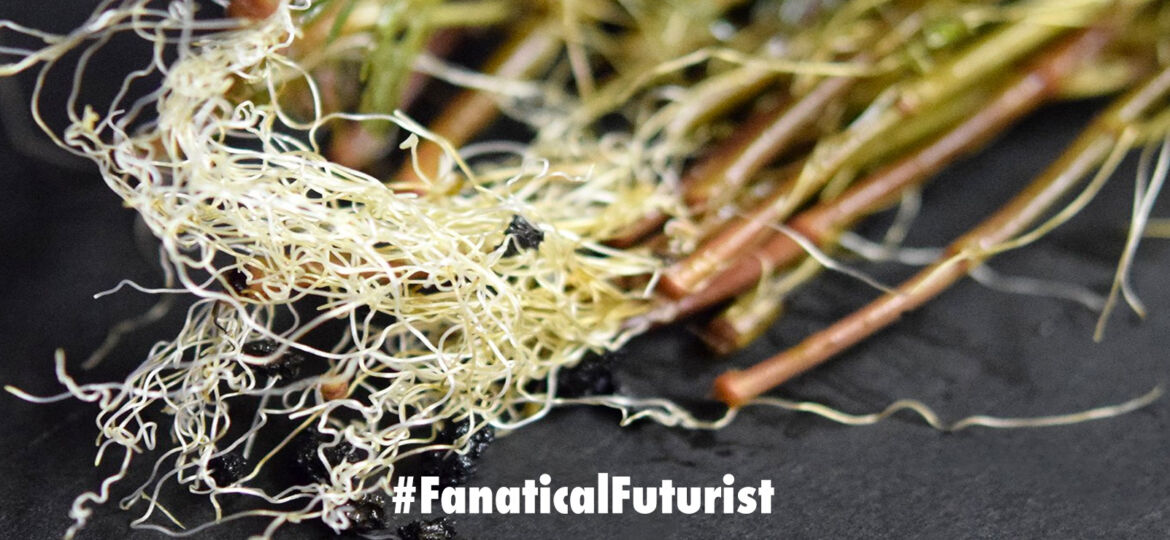
WHY THIS MATTERS IN BRIEF
Robotic plants could help find mines and pollutants buried in soil, or be used to explore alien planets for signs of organic material.
Plants are getting a lot of attention all of a sudden, whether it’s from researchers who are trying to turn them into surveillance devices and discovering they learn like dogs, or other researchers turning them into bioluminescent lights or mini renewable power plants. No pun intended. Now though a group of Italian scientists have taken artificial plants to the next level and created the world’s first bionic plant. The robotic plants have roots that grow and unwind into soil just like the real thing, only they’re made up of metal and wires. The robo-plants can help scientists detect gravity, water, temperature, touch, pH, nitrate and phosphate, in environments of any kind.
Headed by Barbara Mazzolai, the team at the Institute of Technology in Italy have been developing the robotic plant to mimic the functions of a single root. The robo-roots plunge into the soil using soft sensors to help guide them along their way into the ground material. Testing for rocks and impenetrable areas, the sensors pave the way for the synthetic roots to unwind to safety. The robotic roots then unfurl and extend, much like a real plant’s does, taking shape to the area around it.
Check it out
Once the system is firmly rooted, it can begin testing the soil and environment around it. The robo-plants would be ideal for testing soil in contaminated areas or disaster zones, but if further developed to become more durable it could possibly even test out soil in space. The artificial plant design could also be valuable in the medical world, in much smaller, microscopic sizes. They technology could be applied to endoscopes, that could move easily throughout the body, and bend and adapt to the environment.
The adaptive quality of the robotic plants could make leaps and bounds in many fields in the scientific realm. The developers are working on studying the communication between roots underground, and hope to employ it to the robo plants.
Source: New Scientist
















